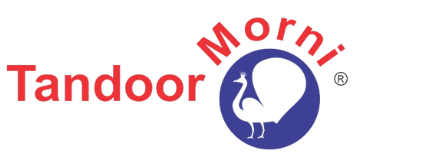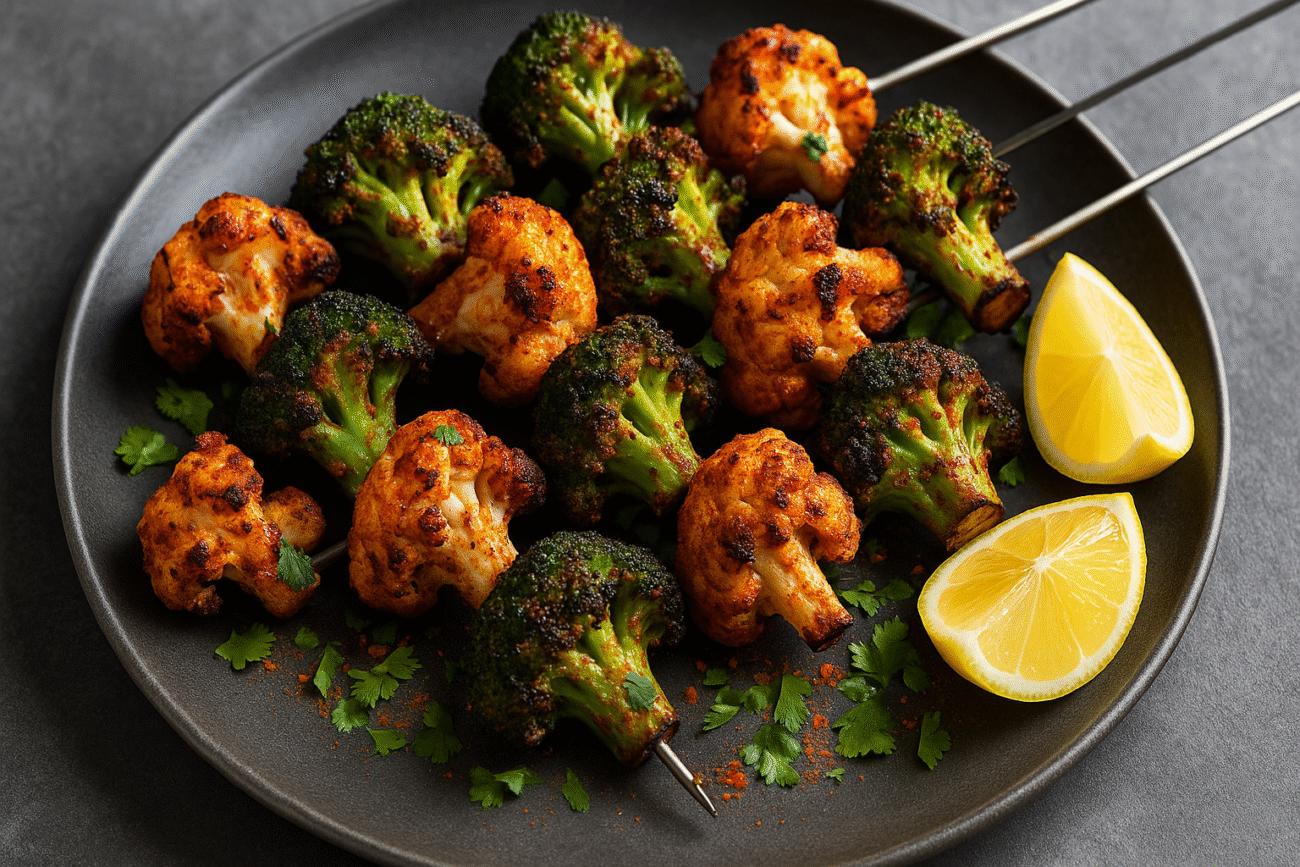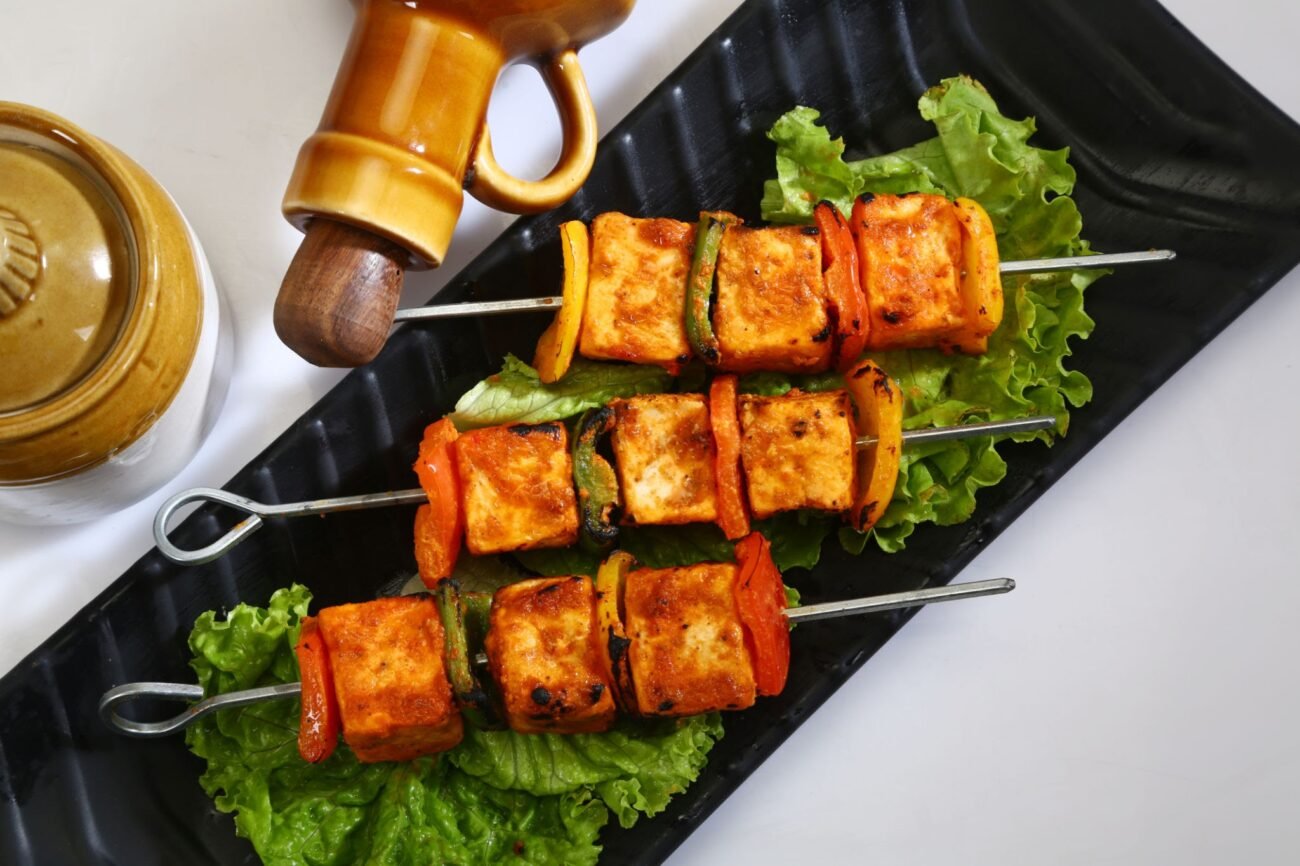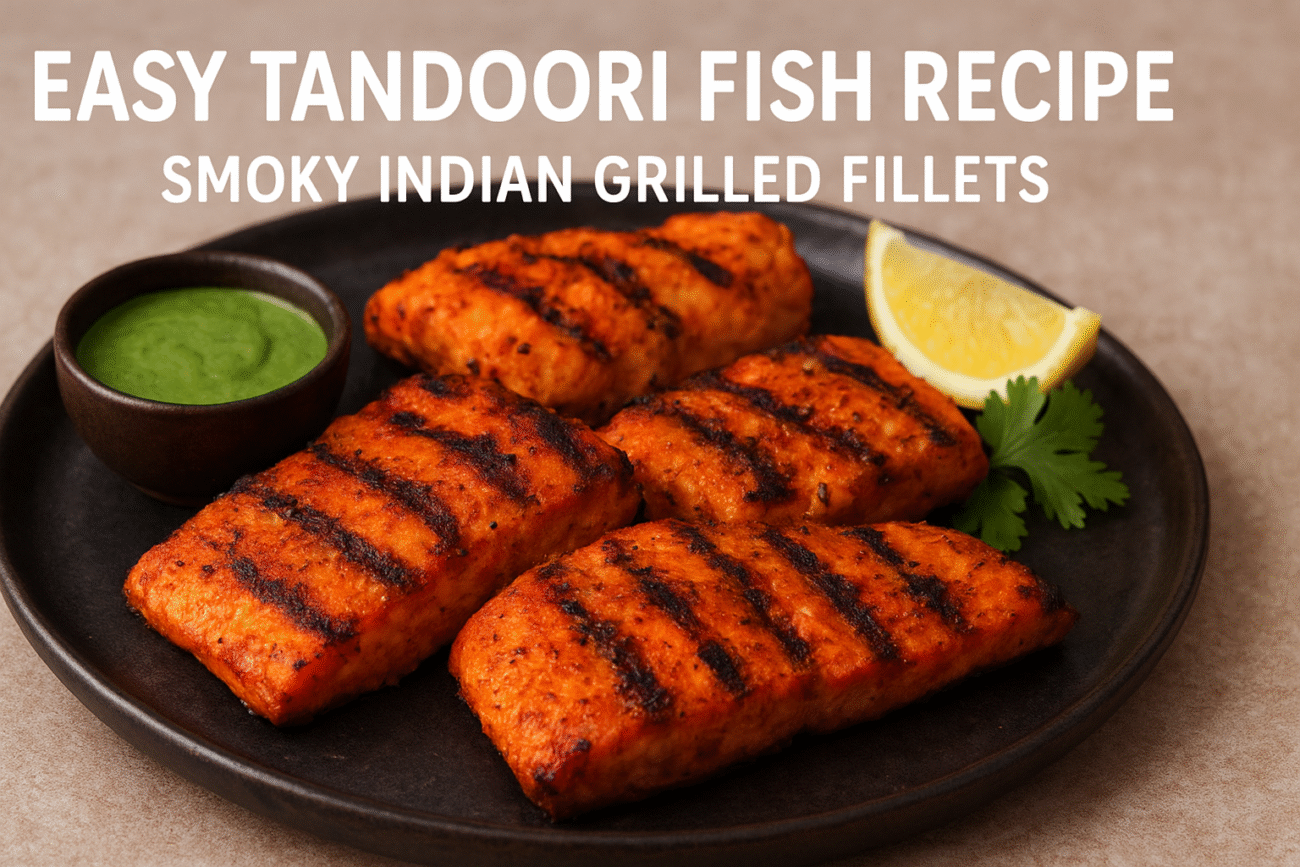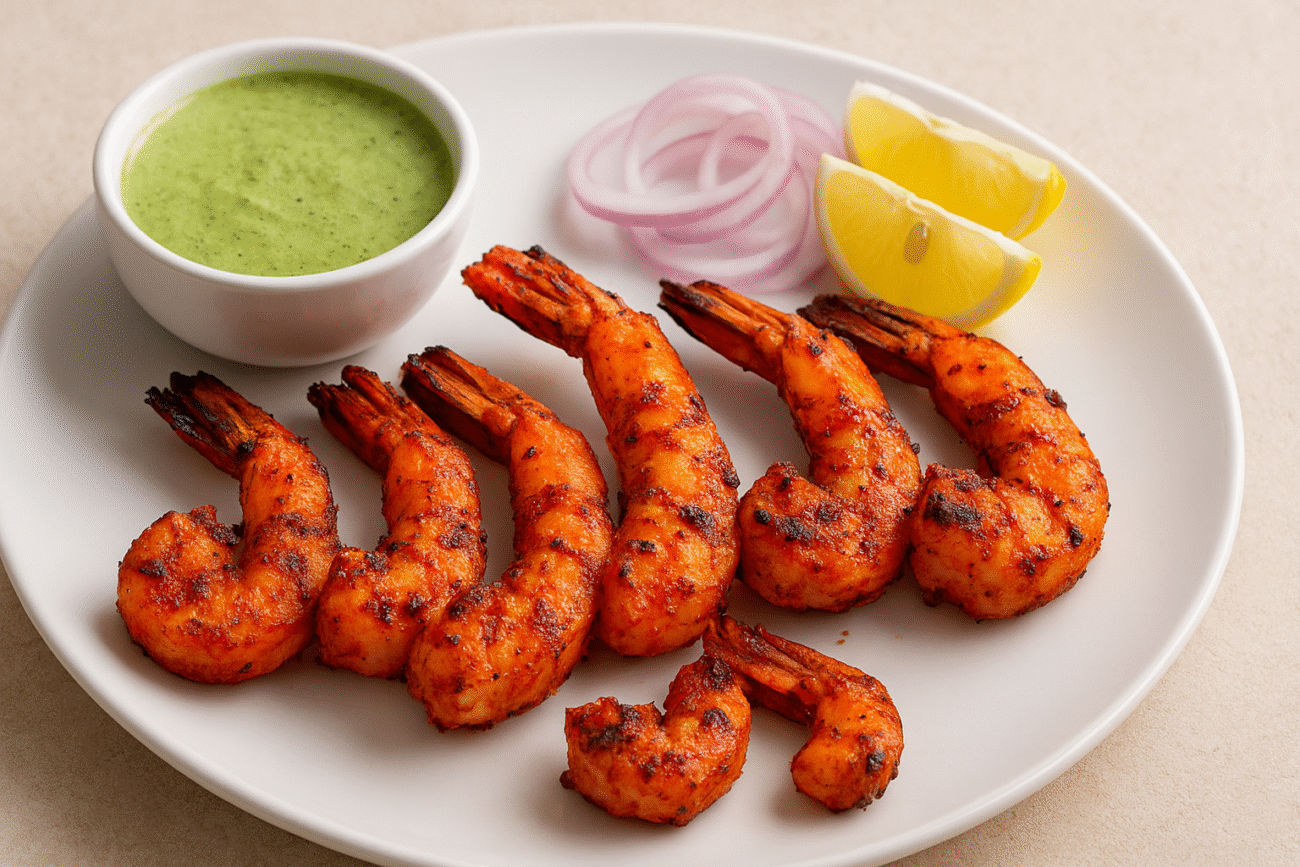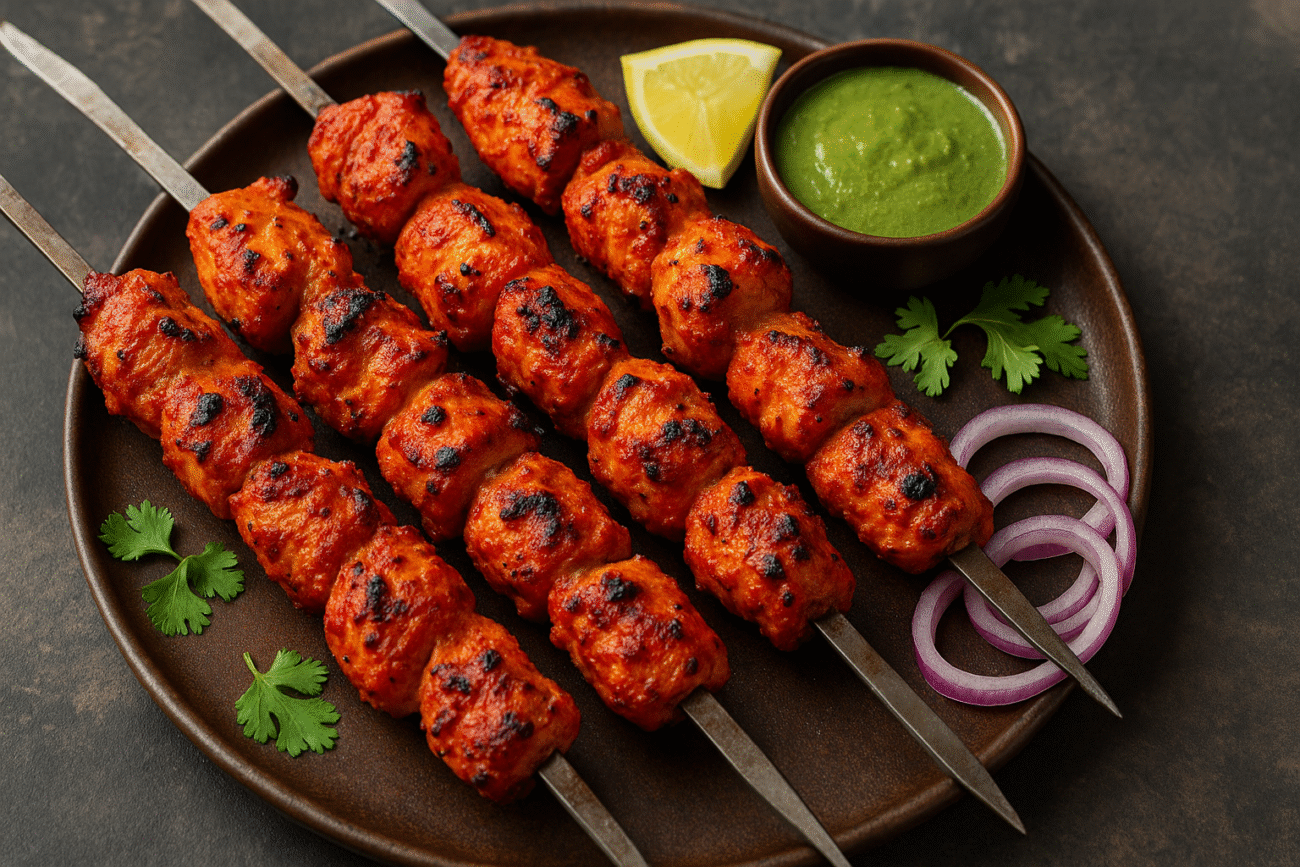-
×

AS10 - Tandoor Skewers Ring - Safe & Convenient
$ USD 150.00
Top 10 Benefits of Cooking with a Tandoor: Which Tandoor is best for Your Home?

Cooking in a tandoor has gained immense popularity recently, but it has been a major part of the cooking norm for centuries. Its ability to offer a unique method beyond enhanced flavor makes the cooking process stand out.
Tandoor cooking offers health benefits with unmatched taste and provides an unparalleled cooking experience.
Benefits of Cooking with a Tandoor
The tandoor oven has earned immense remarkability in terms of several aspects that extend beyond just tradition. There are several practical Benefits of cooking with a tandoor, making it a great choice for cooking:
Healthy Cooking
The tandoor oven uses high heat, especially from natural sources like charcoal or firewood. The procedure ensures that the nutrients in the food are retained. One doesn’t need to pour much oil, which makes the food healthier. The low-fat content of the Tandoori grill food has developed it as a healthier alternative to other cooking methods. The high heat seals in the natural juices of the ingredients, ensuring that it is effortless to cook without the need for excessive oil or fat. Enjoy flavorful grilled dishes without the necessity of consuming excessive calories or unhealthy fats.
Preservation of Flavor
Cooking in a tandoor oven locks in the natural flavors. The intense heat seals the juices, ensuring the meat stays tender and the vegetables become tasty.
Quick Cooking Time
One of the tandoor oven benefits is that high temperatures inside the oven ensure that you can cook foods quickly, ideal for busy kitchens, whether in a restaurant or at home.
Low maintenance unit
When you have a tandoor, there’s no need for regular cleaning. For proper maintenance, make sure the metal skewers are clean when you put your food on them; that ensures hygiene. Only replace the charcoal from time to time.
No Fuel or Gas Option
Tandoor ovens use natural heat sources, so you won’t have to depend on the use of gas or electricity, making it an eco-friendly cooking option that reduces cooking costs. Health and nutrition are given utmost importance these days, and in this regard, tandoor cuisine stands out as a healthy alternative with the right ingredients. Also, it is a better option than consuming deep-fried foods. Consequently, it results in a lower carbon footprint. A tandoor oven contributes to a lower carbon footprint than conventional cooking techniques. Minimum reliance on electricity ensures that it is an extra environmentally responsible device.
Maintained Temperature for Long Cooking Times
Coppers’ capability to retain heat makes it the perfect option for prolonged tandoor cooking. Once heated, the tandoor remains at a strong temperature, making it perfect for sluggish dishes that usually require consistent heat. Thus, cooking even difficult meats and complicated dishes becomes effortless while retaining their flavors.
Smoky Taste
The tandoor uses charcoal or wood, adding a smoky flavor. The high heat permits short searing, sealing in juices while offering foods cooked with an exclusive smoky taste.
Aesthetic Appeal and a touch of traditional
The classic Rustic Look of copper tandoors provides a rustic allure to any cooking space. This is one of the prime reasons it proves a great option for open kitchens or out-of-door cooking areas. The golden hue of copper adds a timeless aesthetic.
Versatile cooking
One of the advantages of Tandoor cooking is that the oven is perfect for traditional Indian dishes, including but not limited to naan tandoori chicken and kebabs. The heat and smoke create an authentic flavor that you won’t be able to achieve with conventional ovens. That being said, the oven cooks beyond Indian cuisine. It proves versatile enough to cook dishes that extend beyond the Indian menu. The oven is found to be used for cooking Middle Eastern dishes and Turkish barbecue due to its high heat and smoky flavor.
Natural Antimicrobial Properties
Copper’s natural antimicrobial properties contribute to a cleaner copper tandoor cooking surface. In addition, it lessens the spread of bacteria. This characteristic makes copper a perfect fabric for cooking surfaces, promoting a favorable cooking environment.
R28 – 20″ x 28″ Domestic Tandoor Oven is the Best for home use. The tandoor retains authentic flavors and is also a compact and versatile oven with a generous 12-inch mouth opening. If you’re in love with experimenting with traditional recipes, from juicy kebabs to fluffy naan, then this is the ultimate tandoor that guarantees premium quality and safety, ensuring cooking with confidence while enjoying delicious, authentic flavors.
The durable clay-lined interior retains and radiates heat efficiently, ensuring meals cook evenly. What makes the product stand out is the stainless steel exterior, which adds durability and protects the oven against harsh elements. Dual fuel options—wood fire or charcoal—achieve a smoky flavor. The natural clay lining maximizes heat retention, providing a consistent and even cooking temperature, ensuring perfect tandoori dishes.
Sturdy wheels make the R28 Domestic Tandoor Oven built for convenience. Efficiently roll it whenever you need to. The clay-lined interior distributes heat evenly, ensuring that meals cook to perfection. The product even features quick heat-up capabilities, allowing you to prepare dishes faster than traditional ovens.
Final words
It’s highly recommended to consider Cooking with a home tandoor because it boosts taste and culinary performance. Rest assured that with one of the tandoor ovens, you can attain the specific potential for flavorful, healthy, and various dishes. In addition, the tandoor is also known for several practical health and environmental benefits that make it a useful device, especially when placed in a contemporary kitchen.
Get a Quote? Contact us today.
Have questions or ready to place an order? Reach out to us via phone at +1(727) 251 6924 or email us at info@tandoormorni.com. Need detailed instructions? Explore the Operation Manual for our CH & CS models to get started with your Tandoor oven today.
About Tandoor Morni
Tandoor Morni, in business since 1992, is a trusted name in premium Tandoori Clay Ovens, known for crafting high-quality traditional and commercial tandoors. With a commitment to excellence, Tandoor Morni offers a wide range of tandoors, including commercial, residential, catering, and copper models. Our tandoors are built with durable materials and designed for efficient heat distribution, ensuring authentic flavors and fast cooking. Each oven features customizable options like gas, wood fire, or charcoal compatibility, making them suitable for various cooking needs.
Common Queries – FAQ’S
Can I use a tandoor Indoors?
Yes, certain tandoor models are designed for residential use, including compact, home-friendly versions. However, using a tandoor indoors requires proper ventilation and adherence to safety precautions to manage high heat and potential smoke. Always consult the manufacturer’s guidelines to ensure safe indoor use. For best results, they are often used in well-ventilated spaces or outdoors.
Are Tandoor-Cooked Foods Healthy?
Yes, tandoor-cooked foods are often considered healthy because they typically require little to no oil. The high cooking temperatures allow the food to cook quickly, preserving nutrients while reducing the need for additional fats. Additionally, the vertical cooking method allows excess fats to drip away, resulting in leaner dishes.
What Types of Fuel Can Be Used in a Tandoor?
Tandoors can be heated using charcoal, wood, natural gas or propane. Charcoal and wood provide an authentic smoky flavor, while natural gas or propane is more convenient and easier to control. The choice of fuel often depends on the specific cooking requirements and local regulations, especially in commercial settings.
How Does a Tandoor Oven Differ from a Conventional Oven?
Unlike conventional ovens, which use electric or gas heat, a tandoor is made from clay and uses charcoal, wood, or gas to heat the walls. The cylindrical shape and porous clay walls create an environment where heat circulates evenly, cooking food quickly while adding a smoky flavor. Conventional ovens, in contrast, lack the intense heat and unique cooking technique of a tandoor.
How Much Maintenance Does a Gas Tandoor Require?
Gas Tandoor needs regular maintenance, though less than Charcoal Tandoor models. Here’s a breakdown:
- Daily Maintenance: Wipe down the inner chamber and clean the burner.
- Weekly Maintenance: Check the burner and gas line for any blockages or leaks.
- Monthly Maintenance: Deep clean the gas pipes, burners, and inner chamber.
- Quarterly Maintenance: Have a professional inspect the gas connections and burners.
- Annual Maintenance: Perform a full inspection and reapply clay lining if needed.
Avoid exposing the tandoor to excessive water, and gradually increase heat to prevent cracks.
How Can I Make a Payment for My Tandoor Order?
You can pay for your tandoor order through our website by placing an online order using the available payment options. If you prefer to place an order over the phone, we accept payment via Zelle for a quick and secure transaction.
Which Tandoor Oven Size Should I Choose?
- For Home Use: Consider the number of family members or guests you typically serve. A mini tandoor is ideal for smaller gatherings.( Suggested Product: R26 )
- For Restaurants: Measure the entrance to ensure the oven fits through the door. Select a size based on available space and cooking needs. (Suggested Product: CH02)
- For Naan Bread: Opt for an oven with a smaller mouth opening, resulting in a more egg-shaped clay pot, perfect for naan preparation. For larger meat portions, choose a bigger oven to maintain heat longer. (Suggested Product: CH04)
- For Catering: A Clay Tandoor Oven is suitable for catering due to its lightweight and easy transport features. (Suggested Product: CS01)
- For Banquet Halls: A larger oven with a spacious clay pot is ideal for preparing multiple dishes quickly during big events. (Suggested Product: CH06)
- For Open Kitchens or Outdoor Patios: Choose a model with a decorative finish, such as a copper tandoor, to enhance the kitchen’s appearance with a touch of elegance. (Visit Our Copper Tandoor).
What Should You Consider When Installing a Restaurant Clay Oven?
- When installing a tandoor in your restaurant kitchen, consider the following:
- Space and Placement: Ensure there is enough clearance around the tandoor for ventilation and safety, with fireproof or heat-resistant flooring.
- Ventilation and Exhaust: Proper ventilation is essential to handle heat and smoke, especially with charcoal tandoors.
- Safety Measures: Use heat-resistant barriers if the tandoor is near other equipment, and keep fire safety equipment like extinguishers handy.
- Fuel Supply: Decide between charcoal, which offers traditional flavors, and gas, which is easier to manage.
By keeping these points in mind, you can ensure a safe and efficient tandoor setup. If you're looking for a Restaurant Clay Oven for Sale, make sure to choose a model that fits your kitchen's requirements and meets all necessary safety standards.
- Menu Considerations: Larger tandoors or multiple units may be needed if you have a diverse menu or high demand during peak hours.
- Maintenance and Cleaning: Clean the tandoor daily and monitor for any wear or damage to the clay or gas parts.
- Compliance with Regulations: Ensure your installation meets local safety standards and health codes.
- Staff Training: Train staff in safe tandoor operation and fire safety protocols.

